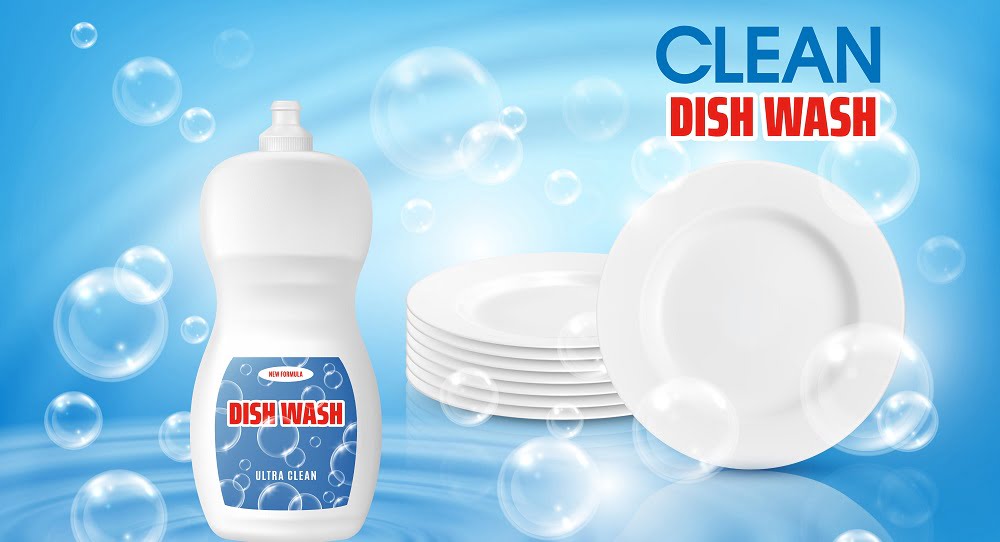
Dishwashers, just like any other frequently used kitchen appliance, need some TLC to keep them running smoothly and efficiently. One of the most eco-friendly and wallet-friendly ways to maintain your dishwasher is using simple household items: vinegar and baking soda.
Vinegar and baking soda have long been household favourites for multiple cleaning tasks, and for a good reason:
Combining these two ensures a thorough, eco-friendly cleanse devoid of harsh chemicals often found in commercial cleaners.
Before diving into the cleaning process, it's crucial to identify when your dishwasher needs a cleanse. Watch out for:
Gather the following to start your cleaning journey:
For any kind of dishwasher repair in British Columbia you can contact us.

Step 1: Preliminary Cleaning
Before introducing vinegar and baking soda, ensure your dishwasher is empty. Manually remove any large debris from the bottom. Remember, a clear path allows for a more effective deep cleanse.
Step 2: The Vinegar Cycle
Fill a dishwasher-safe bowl with two cups of white vinegar. Place this on the bottom rack. Now, run a full cycle using the hottest water setting available on your appliance. The vinegar will work its magic, dispersing throughout, eliminating bacteria, and tackling tough stains.
Step 3: Introducing Baking Soda
Once the vinegar cycle completes, sprinkle a cup of baking soda evenly across the dishwasher's bottom. Run a short cycle, again with hot water. This will further clean and deodorize, leaving your dishwasher smelling fresh.
Step 4: Details Matter
For areas harder to clean, dip a toothbrush in some white vinegar and scrub. This includes around the door seal and any nooks or crannies. Wipe down the edges and seal with a vinegar-dampened cloth.
Step 5: Final Flushing
For a final touch, run an empty cycle with hot water. This ensures all residues from the cleaning agents are washed away, leaving your dishwasher pristine.
To maintain a high-functioning dishwasher:
How often should I clean my dishwasher?
At least once a month for optimal performance.
Can I mix vinegar and baking soda?
While both are great cleaning agents, using them simultaneously can counteract their benefits. It's best to use them in separate cycles, as described above.
Is there any difference between cleaning vinegar and regular white vinegar?
Yes, cleaning vinegar typically has a higher acidity, making it more potent for cleaning but unsuitable for consumption.